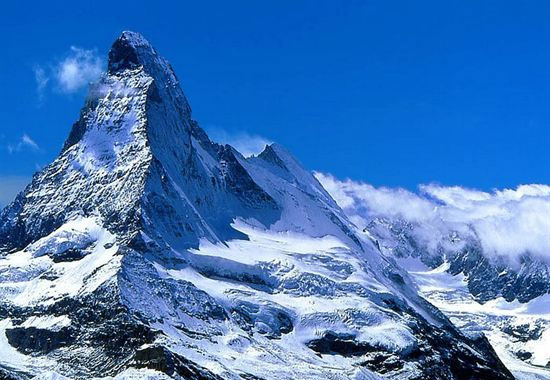Industrialization ends the Little Ice Age in the Alps
The group of American and Austrian scientists on September 2 published the results of the study in PNAS, showing that human activities in the industrialization process in Europe "ended" the period named Ky Little Ice Age in the Alps.
Researchers investigated the confusing narrowing of the high mountain glaciers of the Alps between 1860-1930. They concluded that soaring carbon emissions stemming from the industrialization process in Europe that caused the ice of the Alps to melt.

Photo: photosjunction.com
When soot in the atmosphere accumulates in the rivers across the rain, it will increase the glacier's ability to absorb heat from sunlight. The high absorption of heat causes glaciers to melt and gradually reduce coverage.
Before that, especially the period from the 15th century to the middle of the nineteenth century, the winter was often cold and the summers were cool and rainy, helping to increase the area of glaciers, and scientists called the This paragraph is "Little Ice Age".
However, researcher Georg Kaser of the Institute of Geophysics and Meteorology at the University of Innsbruck (Austria), said that from 1860-1930, every year the glaciers narrowed an average of 1 km, despite the time conditions. The weather is still favorable for increasing ice area.
The results of the study were published by scientists after proving the effects of human activity on glaciers through computer models.
- France: 9 people died of avalanches in the Alps
- Ice in the Alps can disappear by 2100
- Italy: Wild cats return to Alps after 100 years
- Photos of Anthropocene: How do people devastate the Earth?
- Tunnel through the Alps
- The longest railway tunnel in the world is completed after 7 decades
- Discover giant monsters on the Alps
- The largest glacier in the Alps may disappear by 2100
- Decipher the 'utopia' journey of General Hannibal
- Use the blanket blanket Alps
- The extreme 'record' of the world's longest train tunnel
- The most treasured places in the world
 Is the magnetic North Pole shift dangerous to humanity?
Is the magnetic North Pole shift dangerous to humanity? Washington legalizes the recycling of human bodies into fertilizer
Washington legalizes the recycling of human bodies into fertilizer Lightning stone - the mysterious guest
Lightning stone - the mysterious guest Stunned by the mysterious sunset, strange appearance
Stunned by the mysterious sunset, strange appearance